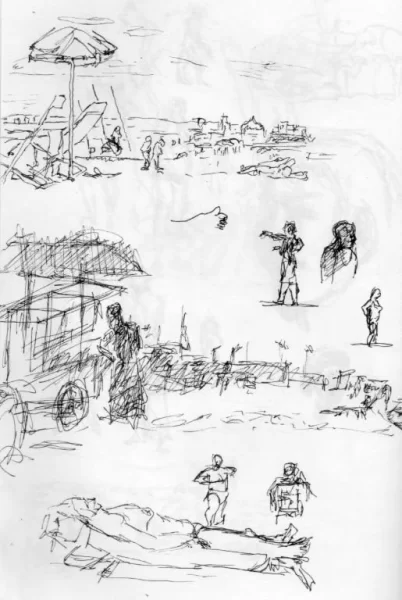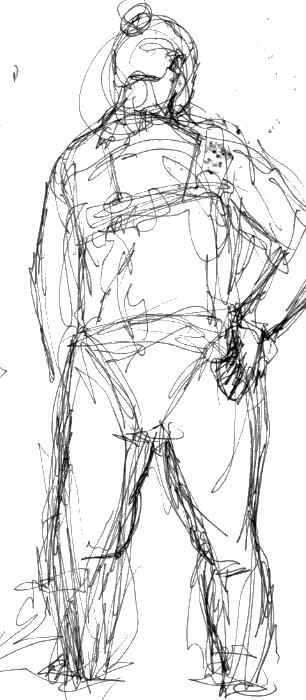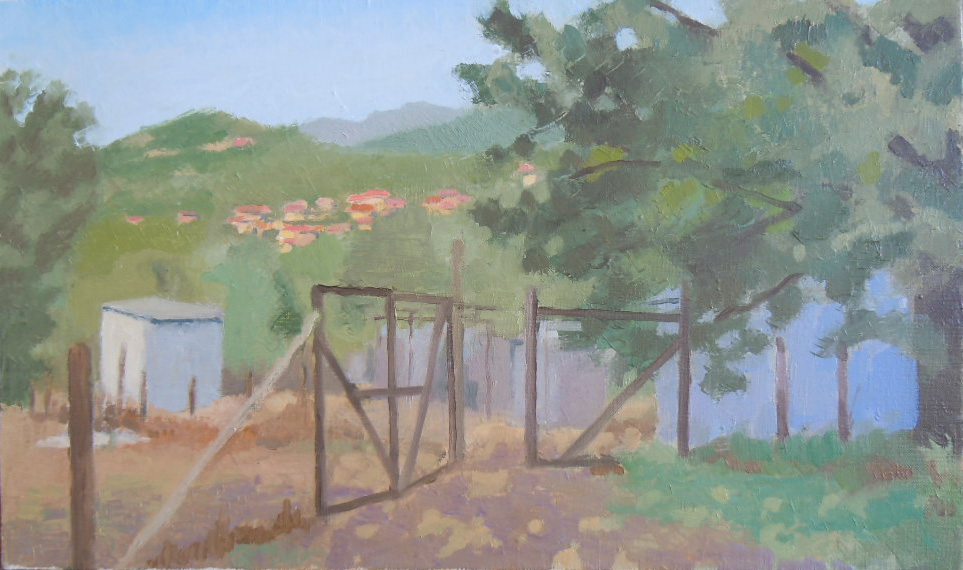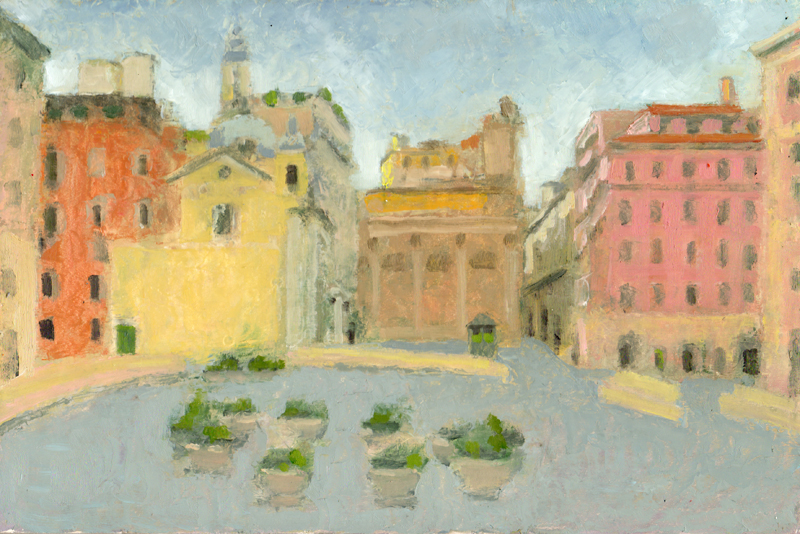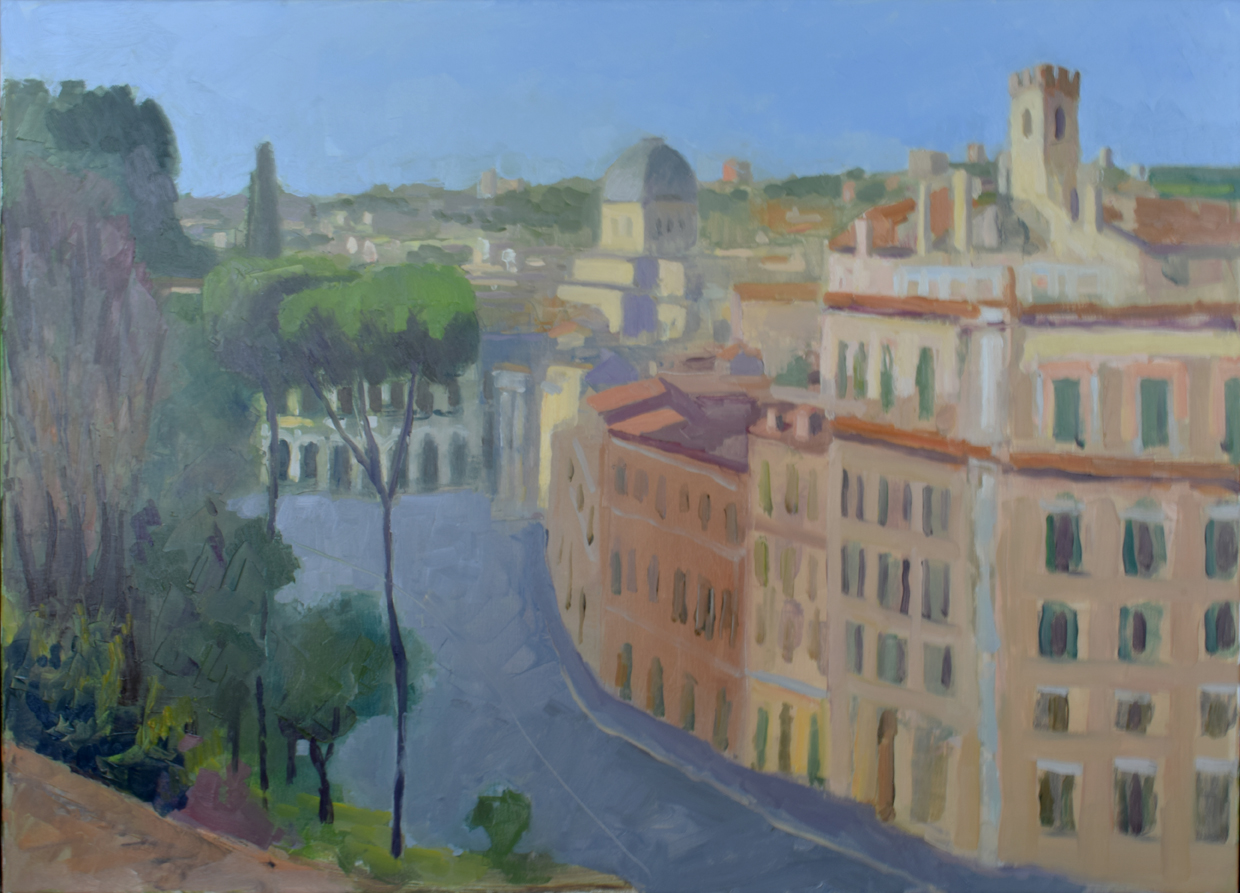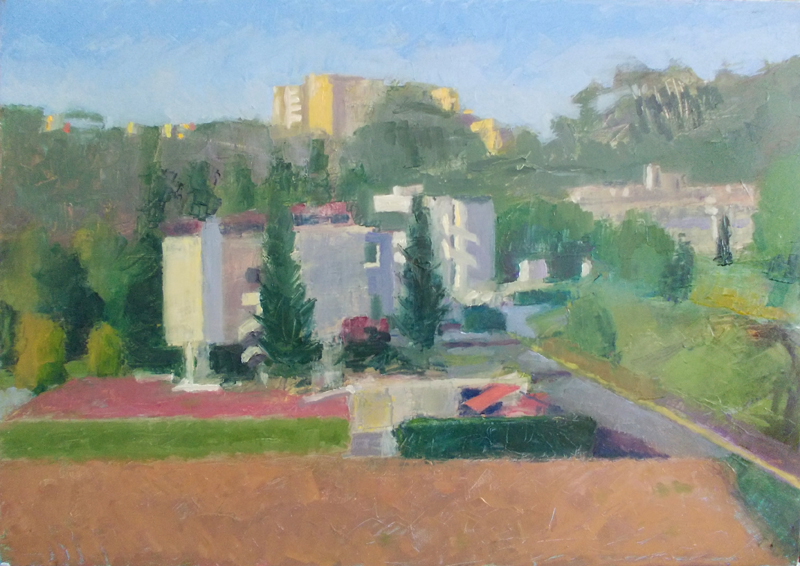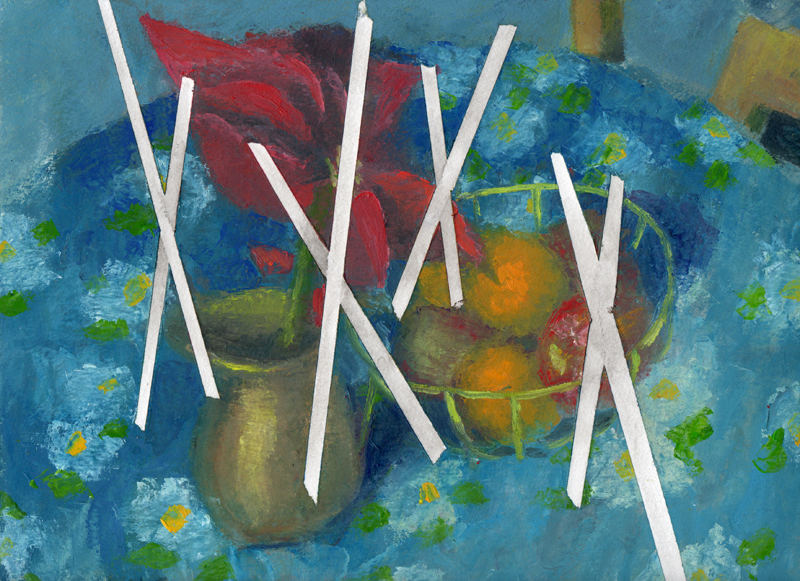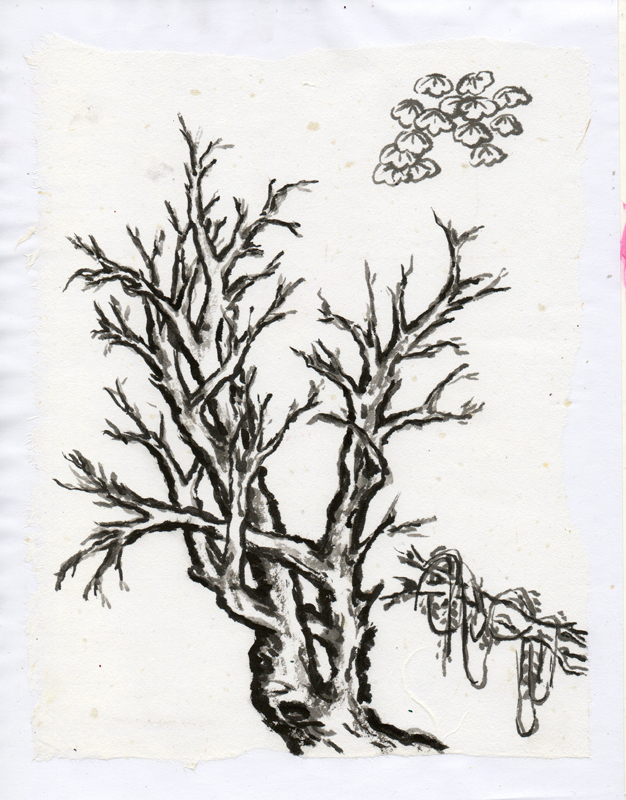Maccarese Beach

I’ve recently been reading about ‘Ethics’ and especially in terms of ‘Analytic Ethics’. It’s interesting to apply some of this logic to the field of painting. Let me first try to simplify what I have read.
It is customary to speak about three levels of ‘Analytic Ethics’ which correspond to the idea of practical discourse itself. The first level finds the individual engrossed in his or her personal problems and trying to think of ways to resolve them; a completely subjective moral idea. Descriptive Ethics states different people have different moral standards. In other words, the way that I solve any given problem may be different than the way you do.

Applying this to painting corresponds to the individual expression and sensitivity in art and allows that each individual has the liberty to use whatever means are possible to make a piece of art. It also means that there are only subjective ways of understanding art and what I like may not be what you like.
Unfortunately, in my opinion, Art criticism and general Art journalism today responds only to this level of thinking. I feel this is also the reason that we have such alienation of the general public in regards to contemporary art. The general public really isn’t allowed to experience art in any other way than by ‘I like this.” or ‘I don’t like this.’

The second level of Ethics reaches the plateau of principles, patterns and methods of making decisions in regards to moral problems in an attempt to create or evaluate moral standards. At this level, instead of thinking about only one’s self, the individual thinks about what he or she should do and whether a given behavior is reasonable and just.
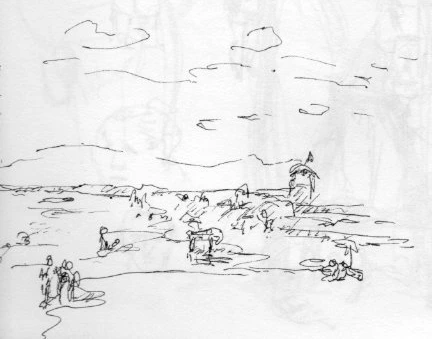
Here I must make a rather courageous jump in order to apply this idea to painting. For me, this idea deals with the technique of painting. Obviously, in order to provide distance between myself and my own problems I must obtain objectivity. In painting, the only real objective means is the strictly formal element of technique.
Each person, regardless of what they want to express, chooses the means of that expression (how?) which becomes the technique. Today, dialogue about the technique of painting beyond a ‘How-to’ course is rare and there are debates about the formal aspects of painting and its relevance to Art in general (‘Painting is dead.’)

Now the third level of ‘Analytic Ethics’ deals with what is referred to as Meta-ethics. After considering a possible standard of behaviour, meta-ethics tries to define the nature itself of this standard. It is not concerned with how to live well or even the standards involved. This step of thinking tries to understand if ‘good’ or ‘evil’ exists and works on defining these aspects of ethics.
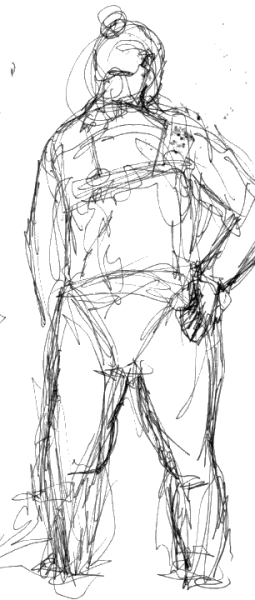
In painting, I think that when people try to define ‘beauty’, they are doing a similar task. Clearly, there must be a spiritual consideration. It is very difficult in the practical world to reach this level of discourse because it requires not only a highly detached and objective viewpoint, but also requires the quiescence of judgement.

Let me try to explain better with a practical situation. Most people would say that beauty is relative and this cannot be disputed. But if you consider the observance of any certain landscape, most people will experience a tangible reaction; positive, negative or indifference. On a large scale, statistically certain sights are considered ‘objectively’ beautiful. Tourists flock to these places. There is something that is transmitted that is not purely ‘visible’.
Another example is trying to describe the colour yellow. Either both speaker and listener ‘know’ what they are talking about and have ‘seen’ it, or it is impossible to explain what ‘yellow’ is to someone who can’t see.

If Art is given the same consideration, various examples of art will solicit more favourable reactions from the public than others. So this leads me to believe that there is a ‘third’ level of Art that can be discussed, defined, rationalized and felt by most people. I believe that this is what artists (especially) should try to occupy themselves with. Not only in the making of Art, but also in talking about it in these terms.
Furthermore, it should be the duty of the artist to introduce the spectator to this level. Of course, there are times when one needs to express his or her own ‘opinion’ about a work and there are times that it may be necessary to discuss the technical aspects of a work. But artists should take it upon themselves to ask themselves the ‘big’ questions about ‘beauty’ and ‘ugliness’ in their work first of all.
Then the work itself may provide the possibility of ‘explaining’ these conclusions in a strictly visual context. And we can begin to discuss what the colour ‘yellow’ makes us feel or think.
